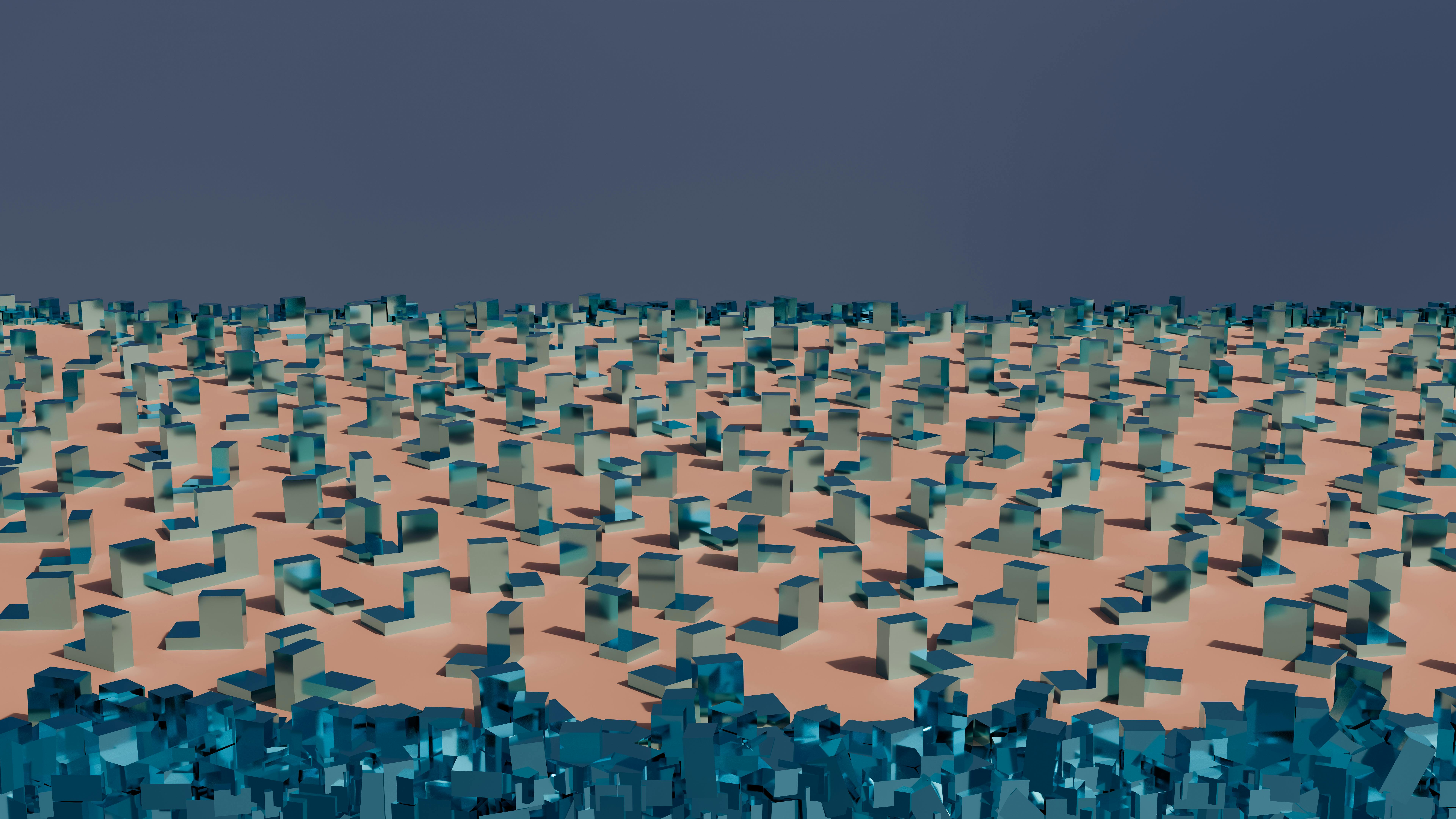Advances in Pose-Free 3D Reconstruction with Gaussian Splatting

Top post
Pose-Free 3D Reconstruction: Advances in Gaussian Splatting
3D reconstruction from images is a fundamental problem in computer vision with applications in fields such as robotics, autonomous driving, and virtual reality. Traditional methods often rely on Structure-from-Motion (SfM) techniques, which, however, reach their limits with sparse image data and unknown camera parameters. New approaches based on deep learning, and particularly Gaussian Splatting, promise a remedy.
Gaussian Splatting: An Efficient Approach to 3D Representation
Gaussian Splatting has established itself as an efficient method for representing 3D scenes. It uses 3D Gaussian functions to represent points in the scene, which are then merged into a complete 3D representation. This approach enables high reconstruction quality and efficient rendering processes.
Pose-Free Reconstruction: Challenges and Solutions
The challenge in pose-free reconstruction lies in the fact that the camera positions and parameters are unknown. This makes aligning individual image information in 3D space difficult. Current research, such as "FreeSplatter" and "PF3plat," relies on transformer architectures to overcome this challenge. These neural networks make it possible to process information from multiple images simultaneously and thus correctly position the 3D Gaussian functions in space even without known camera poses. The use of self-attention mechanisms within the transformer architecture allows the model to learn relationships between different image sections and thus infer the 3D structure of the scene.
From Research to Application: Potentials and Future Developments
Developments in the field of pose-free Gaussian Splatting open up new possibilities for 3D reconstruction. The ability to create 3D models from a few, uncalibrated images significantly simplifies the acquisition process and expands the range of applications. For example, 3D models of objects or environments could be created quickly and easily without relying on complex calibration processes or expensive scanning equipment. Furthermore, the obtained camera positions provide valuable information for applications in robotics and navigation.
Research in this area is dynamic and promising. Current work is investigating the improvement of reconstruction quality, the extension to dynamic scenes, and the integration of semantic information. The combination of Gaussian Splatting with other deep learning methods, such as depth estimation, promises further advances in 3D reconstruction and paves the way for innovative applications in various fields.
Especially for a company like Mindverse, which specializes in AI-powered content creation, these developments offer great potential. The ability to create 3D models quickly and easily opens up new possibilities for generating content for virtual worlds, augmented reality applications, and much more. Integrating pose-free Gaussian Splatting into the Mindverse platform could significantly simplify and accelerate the creation of 3D content.
Developments in the field of pose-free Gaussian Splatting are an important step towards more accessible and efficient 3D reconstruction. The combination of deep learning and innovative 3D representation methods promises to fundamentally change the way we create and use 3D content.
Bibliography: https://openreview.net/forum?id=VpGsy4hKMc https://openreview.net/pdf/8f2e0329d973480608e13af60b17257e9e7600a0.pdf https://arxiv.org/abs/2410.22128 https://instantsplat.github.io/ https://arxiv.org/html/2410.22128v1 https://cvlab-kaist.github.io/PF3plat/ https://www.researchgate.net/publication/385353991_PF3plat_Pose-Free_Feed-Forward_3D_Gaussian_Splatting https://huggingface.co/papers/2411.17190 https://openaccess.thecvf.com/content/CVPR2024/papers/Fu_COLMAP-Free_3D_Gaussian_Splatting_CVPR_2024_paper.pdf https://www.semanticscholar.org/paper/PF3plat%3A-Pose-Free-Feed-Forward-3D-Gaussian-Hong-Jung/c65b52587e2b5ad720dc3f89490afef7f1a22f60.png)


